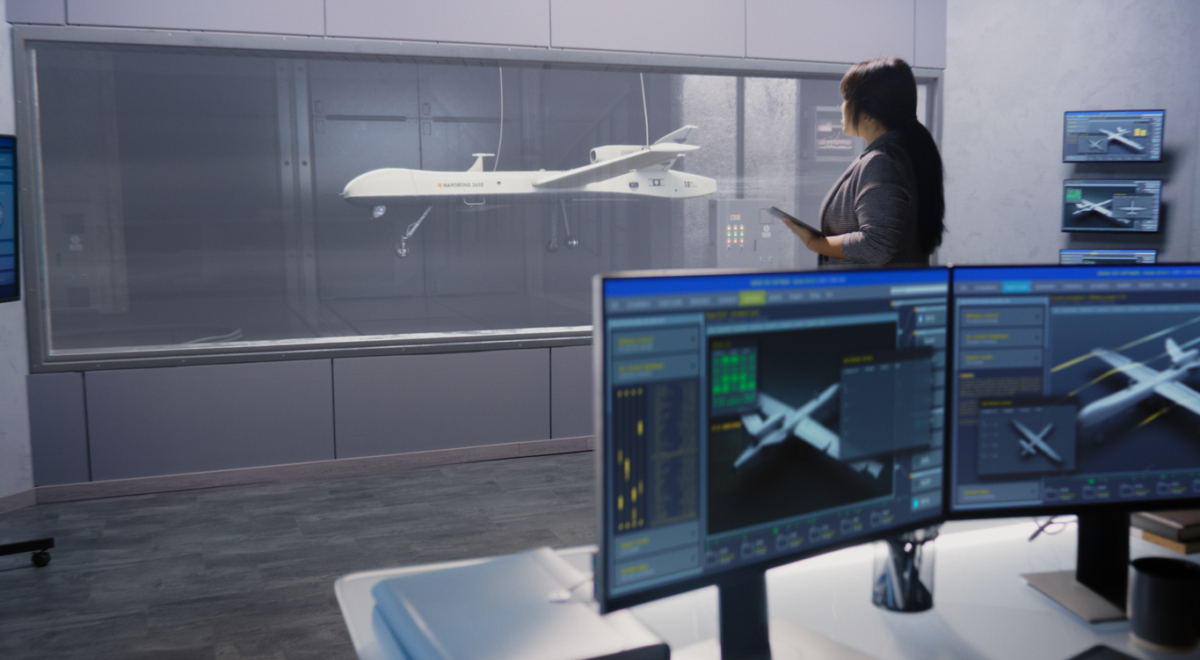Turning Discovery into Advantage: Rethinking Science & Technology Investment Value

In this environment, defense leaders are under extra pressure to deliver more value, faster with fewer resources and greater scrutiny. Yet in the early-stage science and technology (S&T) domain (DoD Budget Activity Levels 6.1–6.3), one fundamental problem continues to undermine that effort: We lack a clear, shared definition of what success looks like.
If you ask scientists and technologists, they will tell you that S&T requires investment to grow our knowledge to ensure we advance basic science. If you ask a maintenance engineer on the F-16, they would say that S&T is meant to modernize and de-risk the aircraft in wartime. If you ask the INDOPACOM Commander, he would likely say that S&T is needed to advance our capabilities against the Chinese to deter, and if necessary, win a war.
The real answer? All of them, because each of these perspectives is valid. The difference lies in how roles, missions, and organizational structures shape expectations about the value that S&T must deliver for national security. Further, each military branch approaches S&T differently, with its own mechanisms for advancing concepts through the R&D pipeline and into the hands of the warfighter. But here’s the problem: Without a shared definition of what S&T is meant to achieve, we can’t measure it clearly. And if we can’t measure it, we can’t manage it. This leads to endless disagreements about the value of S&T as budgets are tightening. In a time when China is rapidly advancing its own military-technological edge, this lack of clarity puts U.S. strategic advantage at risk. We at Toffler Associates believe S&T should be measured not by how much we spend or how fast we transition—but by how clearly it delivers on four forms of national advantage.
What Should S&T Actually Deliver?
So, what should optimized S&T deliver? Our working hypothesis is that S&T should yield:
- The world’s best and brightest to comprise the #1 military technology ecosystem
- Translation of warfighter needs into war-winning capabilities
- An American posture that signals competitive advantage over our adversaries and promotes deterrence.
- Foresight into next-generation technologies that perpetuate advantage and directly respond to the warfighter’s needs
But identifying desired outcomes is only the first step. To move from aspiration to accountability, we need a framework that connects what S&T is intended to deliver with how we assess its impact. That’s why Toffler Associates developed a conceptual model grounded in four key dimensions of S&T performance:
- Technology Advancement – Are we identifying, refining, and maturing early-stage concepts that move the needle beyond the current state of the art?
- Warfighter Impact – Are we investing in solutions that align to future operational needs before they become urgent?
- National Influence – Are we strengthening the U.S. strategic position—through capability signaling, partnership leverage, and competitive pacing?
- Enduring Advantage – Are we building the systems, talent networks, and institutional pathways that sustain innovation over time?
How Do We Measure What Matters?
Considering this framework, the next step is identifying measures for each area to drive outcomes and accountability. In business, you would use a direct ROI calculation to assess value. R&D leads to new products and services, which affects the bottom line and can be measured against what’s invested, even in an R&D context. But this is not possible for the government, given there is no profit and loss statement. However, there are other ways federal organizations assess their impact.
Case in Point:
How Others Are Rethinking R&D Impact
- DARPA focuses on disruptive potential, not programmatic fielding.
- NIH’s National Center for Advancing Translational Sciences (NCATS) tracks collaborative research acceleration, not just deliverables.
- OECD and Science Europe call for public value–driven impact metrics.
- 3M and Google X embrace innovation portfolios where even failures inform success.
And while the traditional commercial ROI model doesn’t work the same way with government R&D, it is possible to create metrics similar to how the commercial investment world assesses success and failure, particularly by looking to the Venture Capital (VC) model. VCs can make data-driven decisions, coupled with seasoned experience, to make strategic bets for where to invest capital. Some ventures will be winners, but most will be losers—however, all generate learning. S&T should be viewed similarly—failure is not waste but rather fuel for faster iteration and smarter bets to improve a new or existing capability. VCs use criteria to evaluate opportunities and rely on deep expertise in emerging markets, technical feasibility, founding teams, and timing. They place bets on potential category-creators, not just proven products, knowing that early indicators of progress often matter more than immediate results. Scientists and engineers in public sector defense S&T are doing the same thing: using judgment, foresight, and technical insight to identify where investment today could unlock disproportionate value tomorrow, even if the payoff isn’t guaranteed.
If the four dimensions mentioned above are what we value in general S&T investment, we can start to build a data-informed model for how to assess value in specific areas. There will be nuances to this type of modeling and many assumptions. One key challenge is that advancing through the R&D pipeline is far from a linear process, which makes measuring value difficult. However, using a customized combination of public and private case studies and applicable lessons from the commercial sector, we can start to solidify how to think about the concept of ROI or impact in a government context. Ultimately, by putting objective measures in place, the DoD S&T community achieves alignment around desired outcomes, a data-informed, clear narrative for what return the warfighter and taxpayer get for S&T investment, and improved accountability.
To challenge and refine this thinking, we leave S&T leaders with questions worth asking:
- Are we bold enough to measure value in terms that matter for tomorrow’s conflicts—not just today’s comfort zones?
- What role should we, as stewards of defense innovation, play in shaping how success is defined?
- If failure is necessary to advance, how do we build cultures and systems that reward learning—not just results?
- How might our adversaries be measuring success differently—and what lessons might we draw from that?
- What if our next breakthrough isn’t a technology at all—but a new way of thinking about how we invest in the future?
If we claim to value S&T research, we must prove it—not just to others, but to ourselves.
- Categories
- Technology & Innovation Readiness


 About the Authors
About the Authors